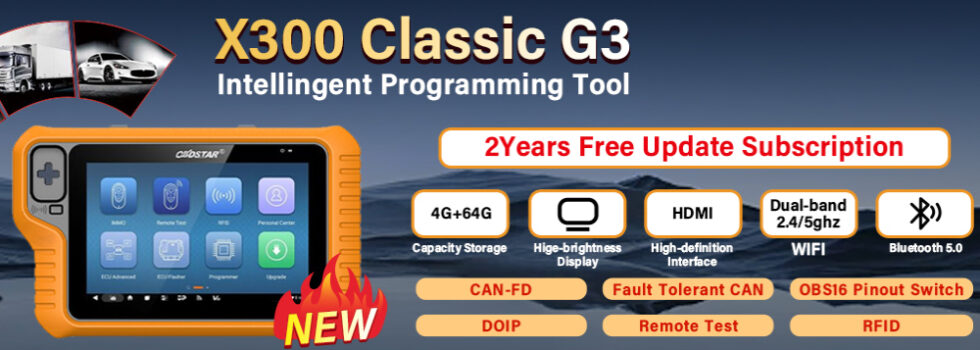My intent and purpose:
I would like to add TPMS to OEM 15″ wheels. I have a “screw on” TPMS kit currently by Tyredog where the sensors screw onto to the valve stems but it looks pretty ridiculous and it may in the future get stolen (or taken just for the heck of it), and using the security attachment (which requires an allen wrench to remove) makes the sensors stick out even more so I don’t want to use them.
The following parts are what I communicate with a pro technician.
Q: I work as a lube tech and a lot of people with OEM TPMS units hate them.
A: Most folks just inflate tires to spec without considering other factors.
If you want to keep the idiot light off for a long time, you have to have a grasp of some basic laws of Physics, and you have to think ahead.
Q: The OEM ones will freak out for being 5psi under or 5psi over
A: Wait until you try to figure out our new TPMS system that has no tire pressure sensors. It’s even more finicky than the system that uses real sensors.
At least now you can’t break off expensive sensors when changing tires LOL
Q: Make sure the TPMS sensors you get are set for the tire pressure you need. Most OEM sensors are set for 32-35psi. However, people who use aftermarket tires rated for 50psi cold always have the TPMS light on because it is set to give a warning above 35psi.
A: The sensors only report the tire pressures and some other data to the control unit.
The control unit decides when to turn on the idiot light.
You can’t run ours low without turning on the light, but you can run ours way high.
I think I noticed some GMs that turn the light on for being a little over (which I thought was a crock).
Ours won’t.
There is a way to change the on/off pressure points for high performance tires on (I assume) most of the Hondas with direct monitoring TPMS.
The HDS scanner and a special code is needed.
I did this–raised the (_!_) on/off threshold– on my own car when I switched to 18″ wheels.
(_!_) <–the butt icon/low tire light
Q: can’t even imagine how they would measure without direct sensors
A: The indirect monitoring TPMS system takes advantage of sensors that are already in the car as parts of other systems (ABS/TCS/VSA).
(partially copied from another post of mine elsewhere, with adjustments)
Some manufacturers were using ABS wheel speed sensors nearly 2 decades ago to watch for large differences in wheel speeds (a low tire has a different rolling diameter than a full tire) and it would trip a “LOW TIRE” warning when it sensed a low tire, but they were not very accurate.
This takes it a few steps further, makes it much more sensitive and accurate.
Too much IMO.
It has drawbacks and limitations IMO.
This system is so sensitive it can detect a difference when the tires got rotated and trip the idiot light if one forgot to recalibrate the system.
In addition to comparing tire revolutions, my understanding here is the system takes into account data from the sensors that are used for vehicle stability control. They watch for the ‘lean’ and ‘squirm’ that happen when tire(s) go low.
The indirect system learns a ‘profile’ for each corner of the car, and turns on the idiot light whenever there is a significant deviation from that profile.
Ambient temperature is also monitored and factored in.
I am not a fan of this indirect system (as a tech in the trenches). Too sensitive, too finicky, too vague, and I live where the temps can change 50* or more in a week or less….that means huge changes in tire pressures.
And little to no relevant usable data on the scanner for us to “see” what the system is seeing and thinking as far astire pressures are concerned.
You may be interested in
TPMS Tire Pressure Sensor NEW Take-Offs SET (4) FACTORY OEM TOYOTA
http://www.worldobd2.com/wholesale/tpms-tire-pressure-sensor-new-take-offs-set-4-factory-oem-toyota-2214.html
Autel MX-Sensor 433MHz/315MHZ universal programmable TPMS sensor, details at:
http://www.worldobd2.com/wholesale/autel-mx-sensor-universal-programmable-tpms-sensor.html



